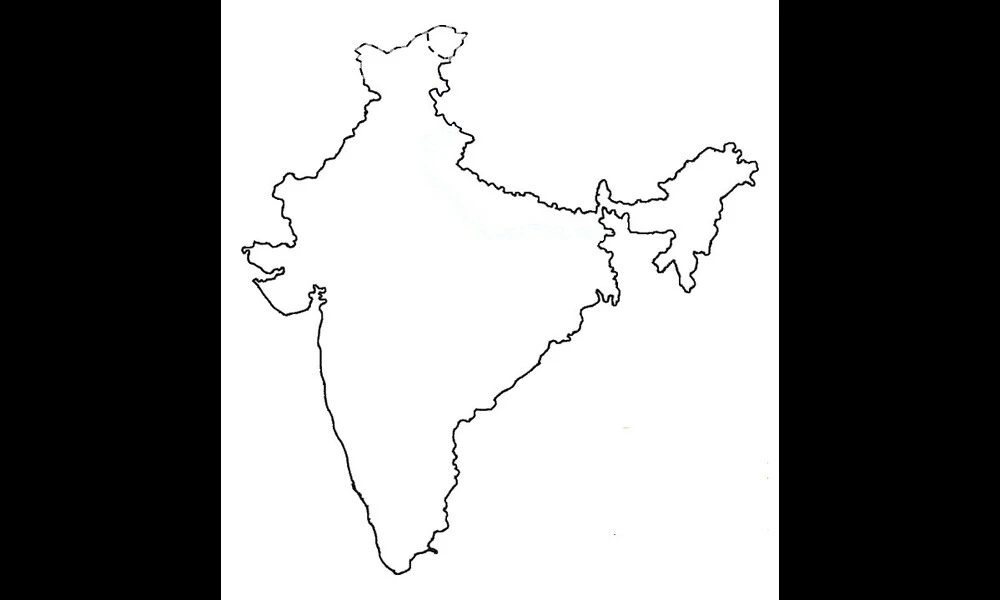Addressing Educational Disparities: A Study on Urban-Rural Inequality in Indian States
Published on Tue Sep 05 2023 India | Simon Berry on Flickr
India | Simon Berry on FlickrA recent preprint paper titled "Inequality in Educational Attainment: Urban-Rural Comparison in the Indian Context" explores the disparity in literacy rates between urban and rural areas in fifteen selected Indian states from 1981 to 2011. The study constructs an index called Sopher's urban-rural differential literacy index to analyze the trends in literacy disparity over time. The findings show that although literacy disparity has decreased overall, there are still significant inequalities in education between urban and rural India, particularly in states such as Andhra Pradesh, Madhya Pradesh, Gujarat, Odisha, Maharashtra, and Karnataka.
The paper also highlights the factors that influence urban-rural inequality in education. The study applies the Fixed Effect panel data regression technique and identifies several factors that can help reduce literacy disparity, such as low fertility rate in rural women, higher percentages of rural females marrying after the age of 21 years, mother's educational attainment, and their labor force participation rate in rural areas.
Education plays a crucial role in social change, and equitable distribution of education between urban and rural populations has positive implications for a country's social welfare. However, India still faces challenges in achieving high literacy rates and reducing the educational gap between urban and rural areas. According to the United Nations "Education for All - Global Monitoring Report (2010)," India has the highest number of illiterate adults in the world.
The paper emphasizes the need for policy measures to address these disparities. While various educational policies have been initiated in India to promote literacy, the country still has a significant number of illiterate rural people. Inadequate school infrastructure, lack of qualified teachers, poor sanitation facilities, and the inaccessibility of modern learning tools in rural areas contribute to the educational divide.
The findings of this study provide valuable insights for policymakers and educators to design strategies aimed at reducing the urban-rural disparity in educational attainment. By addressing factors like fertility rates, female empowerment, and maternal education, steps can be taken to ensure that every individual, regardless of their geographical location, has equal access to education.
Improving education in rural areas not only benefits the individuals living there but also has broader societal implications, such as poverty reduction and combating caste-based discrimination. Therefore, bridging the urban-rural educational divide in India is essential for the country's overall development and social welfare.



